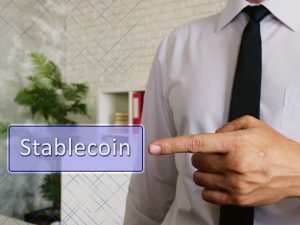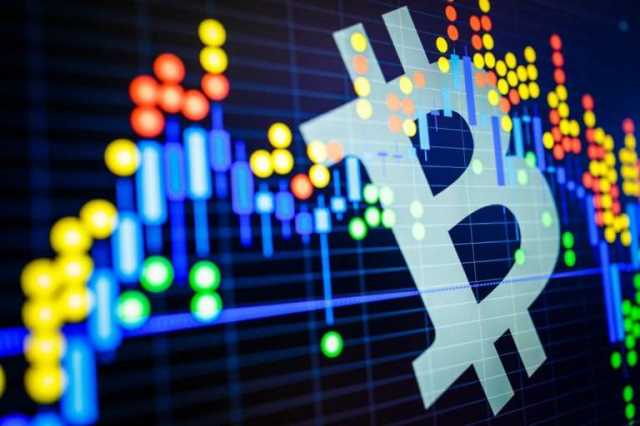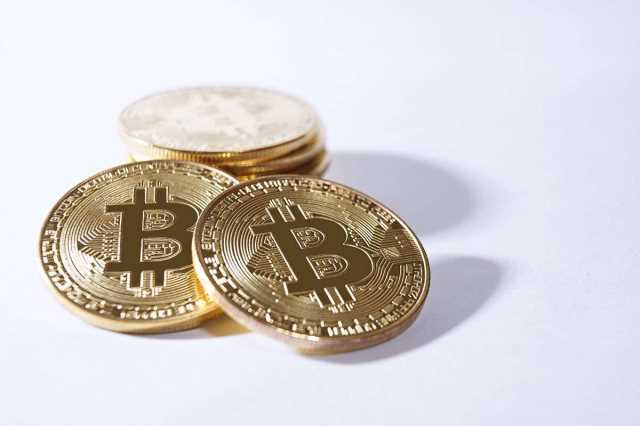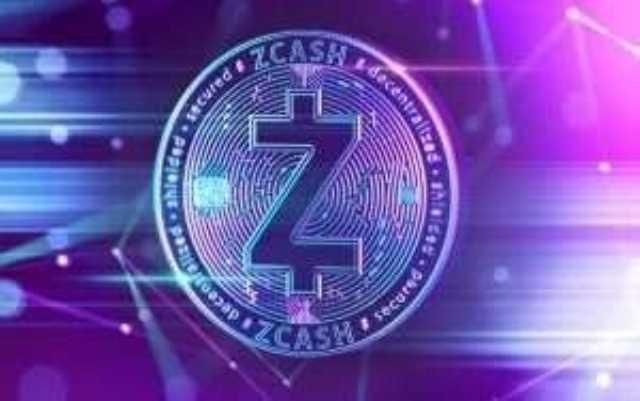
Alongside the usual goals (security, robustness, stability, usability, performance), Teku specifically aims to comply fully with all the various consensus client standards. Reth is production ready, and suitable for usage in mission-critical environments such as staking or high-uptime services. Performs well in use cases where high performance with great margins is required such as RPC, MEV, indexing, simulations, and P2P activities.

How Proof-of-Stake Helps Ethereum Become Environmentally Friendly

If there’s little concrete evidence of a working PoS blockchain network, it predicts that ETH’s value could start to dwindle. A significant change in the Ethereum 2.0 blockchain will be the shift to staking. This will entail a complete rethink about how new blocks are confirmed. Since https://cryptolisting.org/ April 2022, Ethereum has been running two parallel blockchains, one that operates using proof of work, and a test chain that operates via proof of stake. The merge will combine the legacy Ethereum Mainnet blockchain (ETH1) and the new Beacon Chain (ETH2) into one unified blockchain.
What’s Going to Happen to the ETH 1.0 Blockchain?
Multiple client implementations can make the network stronger by reducing its dependency on a single codebase. Two notable drawbacks of futures ETFs are higher fees than holding crypto directly (derivatives bringing more managerial complications), which can produce less returns than the target asset. To invest, find a broker that offers these types of ETFs, then open an investment account and start trading.
Node operators and dapp developers
However, anyone can stake any amount of ETH by joining a pool or placing it in an exchange that will do it for them. Erika Rasure is globally-recognized as a leading consumer economics subject matter expert, researcher, and educator. She is a financial therapist and transformational coach, with a special interest in helping women learn how to invest. He is also a staff writer at Benzinga, where he has reported on breaking financial market news and analyst commentary related to popular stocks since 2014.
What Is Proof of Stake (PoS), and How Does It Relate to Ethereum?
The UK regulator, the Financial Conduct Authority, has repeatedly warned investors that they risk losing all their money if they buy cryptocurrency, with no possibility of compensation. Ethereum is expected to complete a major trial for the merge in June, using the test network Ropsten. Once the Ropsten upgrade is completed, Ethereum developers have just two more test networks to upgrade before the merge of the main Ethereum network.

Overall, it’s hoped these improvements will futureproof the Ethereum blockchain — ensuring it can handle thousands of transactions per second, all while making transactions faster and cheaper to use. The first phase of development for Eth 2.0 is centered around the creation of a separate proof-of-stake blockchain network called the beacon chain. On this new network, ETH holders with a minimum of 32 ETH can earn rewards in the form of annualized interest on their wealth. To earn these rewards, ETH holders must have the appropriate hardware and software connecting to the beacon chain and a strong understanding of how the technology works.
- The ideal goal is to achieve diversity without any client dominating to reduce any single points of failure.
- Although we use user-centric language, the vision remains the same as the one proposed by Vitalik.
- The block is broadcast to other validators called a committee, which verifies it and votes for its validity.
- For an example, just look at what happened when CryptoKitties launched in the heady days of 2017, when Ether and Bitcoin were heading to all-time highs.
It runs all of the Ethereum Mainnet features, from tracing to GraphQL, has extensive monitoring and is supported by ConsenSys, both in open community channels and through commercial SLAs for enterprises. Setting up your own node can cost you time and resources but you don’t always need to run your own instance. For an overview of using these services, check out nodes as a service. Running a node allows you to directly, trustlessly and privately use Ethereum while supporting the network by keeping it more robust and decentralized. If you’re new to the topic of nodes, we recommend first checking out our user-friendly introduction on running an Ethereum node.
Information is stored in blocks, each containing encoded data from the block before it and the new information. Throughout the blockchain network, an identical copy of the blockchain is distributed. Shortly after this proposal, Danny Ryan explored how we could accomplish this by leveraging the existing Eth1 clients in his Eth1+Eth2 client relationship post. This would massively reduce the development work required to deliver a post-merge system and leverage existing clients, which had been battle-tested for years on Mainnet. Around the same time, research on rollups as a viable and secure way to scale Ethereum proved promising.
It was created to compensate Ethereum participants for securing the blockchain and validating transactions, but it can also be used to pay for various goods and services. People also buy the world’s second-biggest cryptocurrency with the view of later selling it at a higher price. Options for capturing returns from a rise in its price include ether futures ETFs, which trade on U.S. exchanges. The developers and community metaphorically refer to ether as the “gas” that powers the network.
A lighter resource footprint means the client has a greater margin of safety when the network is under stress. U.S. authorities were reluctant to allow retail investors to gain exposure to cryptocurrencies, citing the risks of volatility and market manipulation. As cryptocurrencies became more popular, the SEC ramped up its enforcement of digital assets (doubling the size of its crypto investigations unit how to calculate the future value of an investment in 2022 and 2023). When discussing Ethereum’s price, you’re talking about the value of ETH. Ether is the payment method in the EVM and is used to pay network participants for the expenses (and a little extra) they incur for securing the blockchain and validating transactions. At its base level, ether functions as an on-chain payment method for the Ethereum blockchain and applications developed using it.
This is a big moment for the Ethereum ecosystem,” Vitalik Buterin, co-founder of Ethereum, said on Twitter on Sept. 15. The long-awaited Ethereum (ETH) update, known as “the merge,” is finally here. To get the best possible experience please use the latest version of Chrome, Firefox, Safari, or Microsoft Edge to view this website. Sign up for free online courses covering the most important core topics in the crypto universe and earn your on-chain certificate – demonstrating your new knowledge of major Web3 topics. The bulk of the challenges, he said, were now “increasingly around development, and development’s share of the pie will only continue to grow over time.”
Unfortunately, malicious actors have attempted to use the Eth2 misnomer to scam users by telling them to swap their ETH for ‘ETH2’ tokens or that they must somehow migrate their ETH before the Eth2 upgrade. As the roadmap for Ethereum has evolved, Ethereum 2.0 has become an inaccurate representation of Ethereum’s roadmap. Being careful and accurate in our word choice allows content on Ethereum to be understood by the broadest audience possible. As part of that roadmap, the existing proof-of-work chain (Eth1) would eventually be deprecated via the difficulty bomb. Users & applications would migrate to a new, proof-of-stake Ethereum chain, known as Eth2.
However, in January, the Ethereum Foundation asked users to start phasing out the term Ethereum 2.0. The Foundation decided that language no longer accurately represented their roadmap. They believed Ethereum 2.0 sounded too much like a different operating system, which is not at all what the merge is intended to implement. Moreover, as the ecosystem takes notice of major milestones, Ethereum developer momentum will be reinforced.
These fees cover the expenses of those running the nodes, like electricity and hardware. They also act as an incentive for people to contribute the use of their computer systems as a node in the wider EVP. It’s a distributed network, meaning there’s no central owner, but the computers (nodes) that keep it running need power and other resources to run. Think of it like paying your internet bill—someone has to pay for the service. When transactions are paid for in ether, the fees are “burned”—sent to an address with no keys. The network mints new ether and pays the validators, maintaining a balance of about 1,700 new ether issued per day.
The rebrand is intended to reflect the fact that what’s happening is a network upgrade rather than the launch of a new network. Like a full sync, a fast sync downloads all blocks (including headers, transactions, and receipts). However, instead of re-processing the historical transactions, a fast sync relies on the receipts until it reaches a recent head, when it switches to importing and processing blocks to provide a full node. To follow and verify current data in the network, the Ethereum client needs to sync with the latest network state. This is done by downloading data from peers, cryptographically verifying their integrity, and building a local blockchain database.



